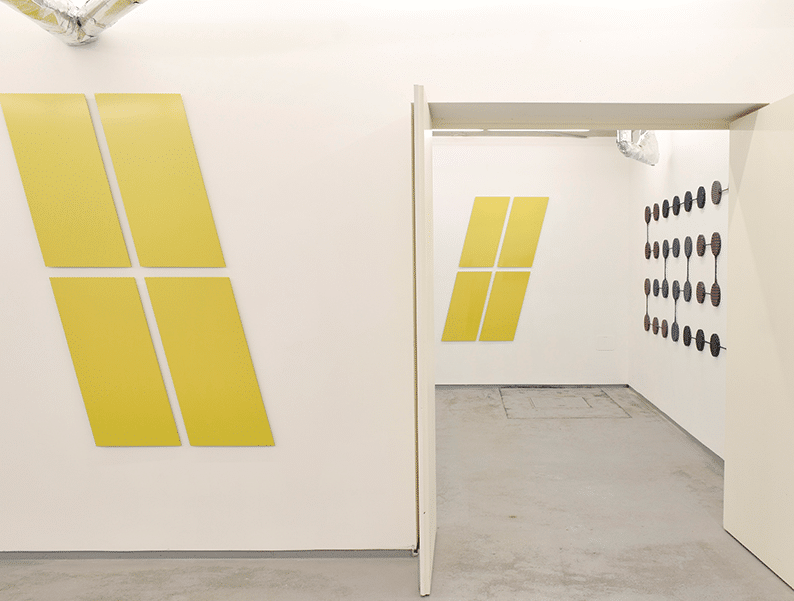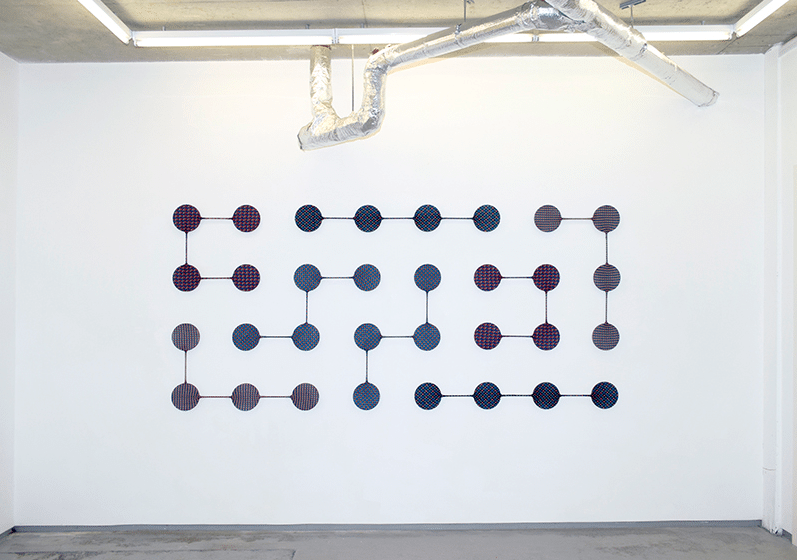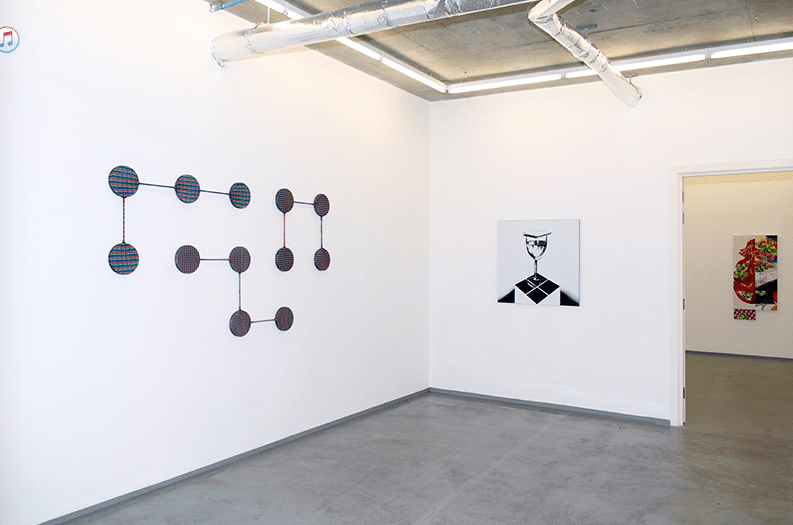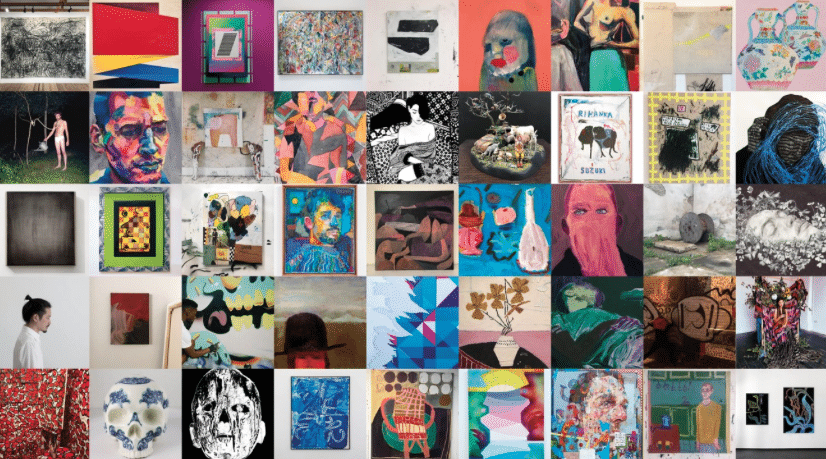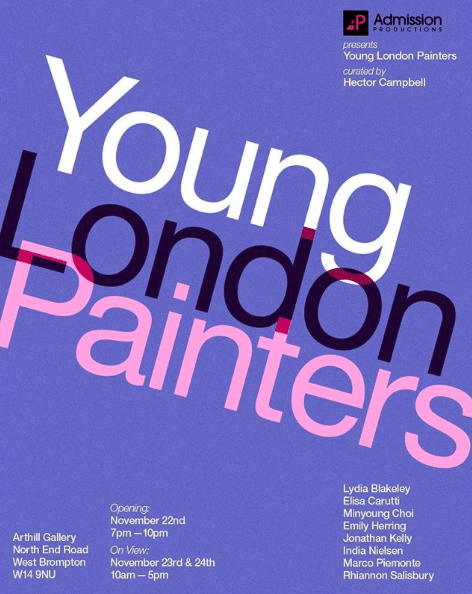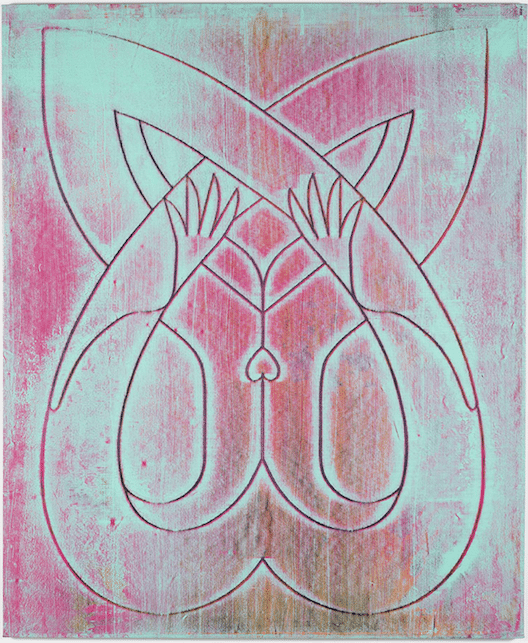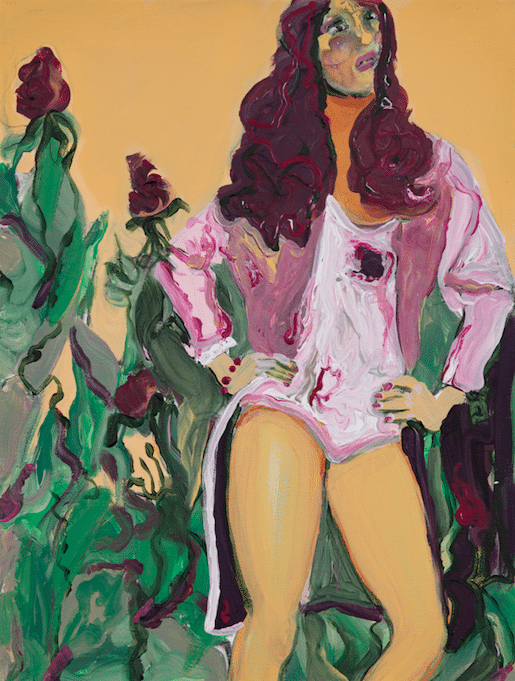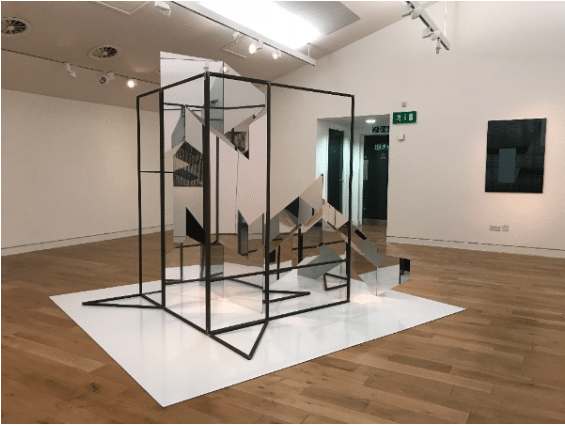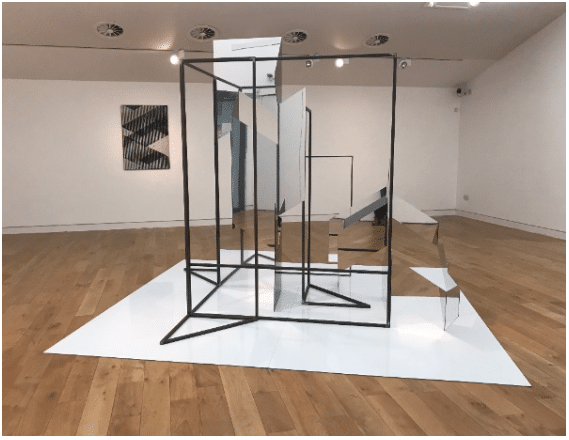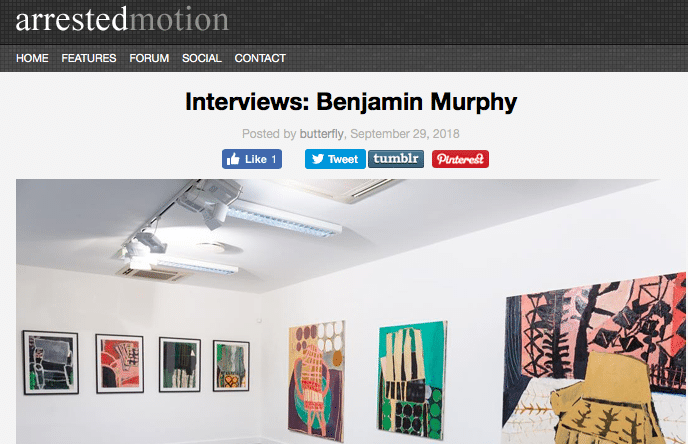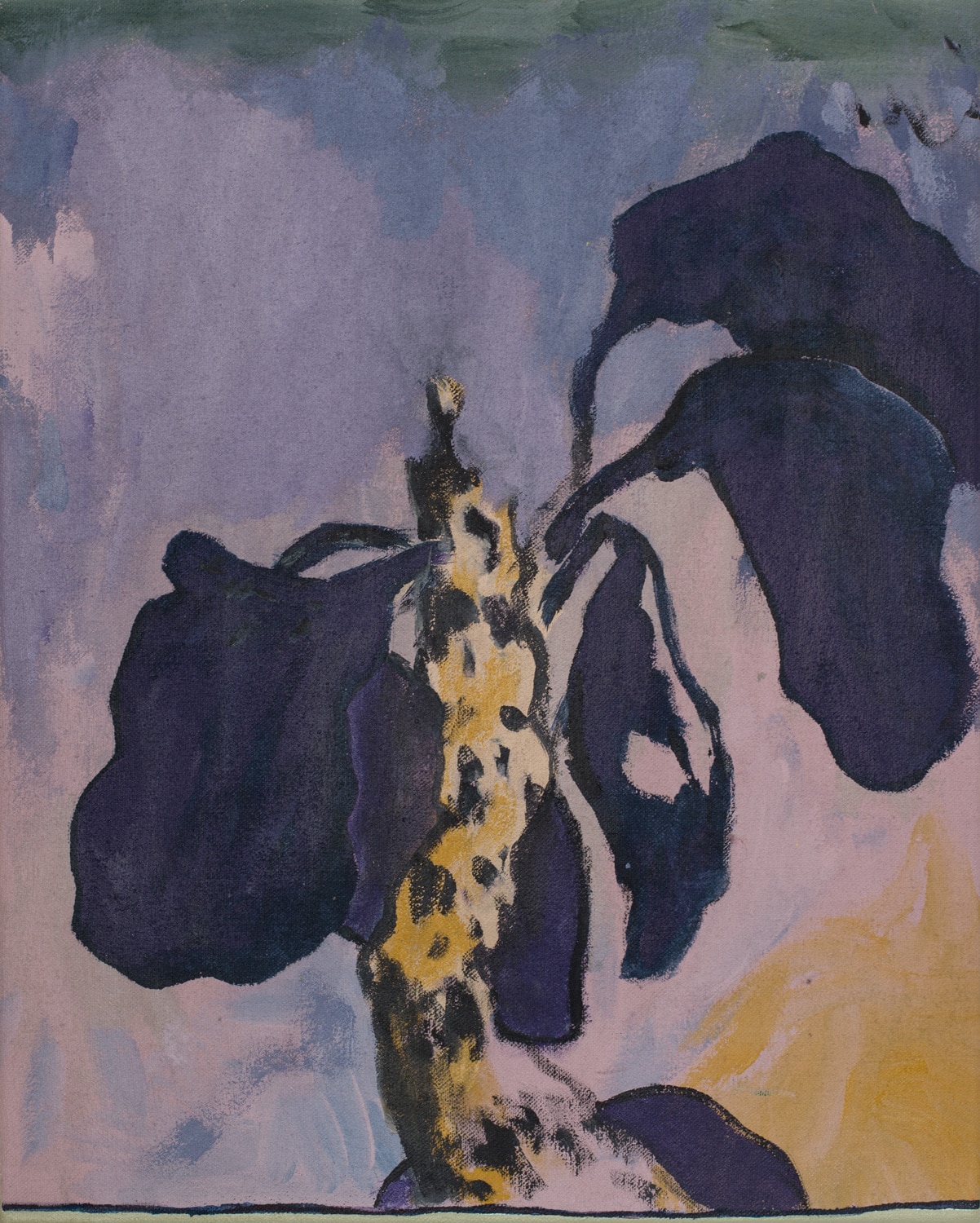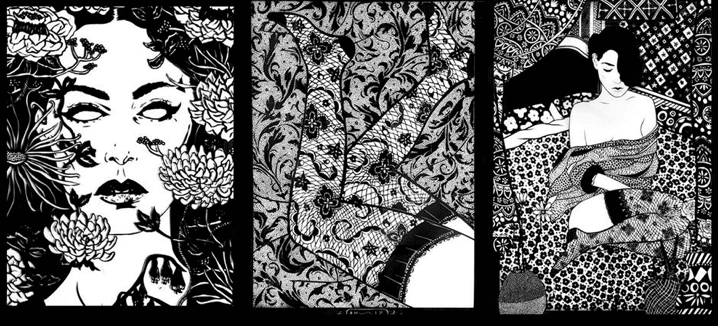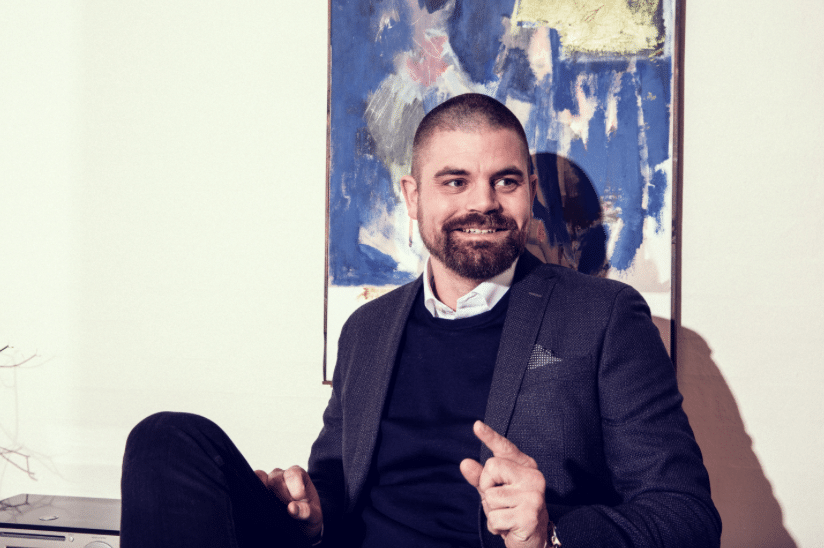Lucas Price – Body Body

Lucas Price – Body Body
It’s not about redemption, as much as making sense post meltdown. And whatever works in those conditions right? I’ve chastised myself for including my own stuff in my work in the past but…it’s like Nan Goldin or Brad Phillips. I like that honesty, it’s healing.
Check out his Instagram HERE
(Interview by Benjamin Murphy)
FOR MORE INTERVIEWS, CHECK OUT:

